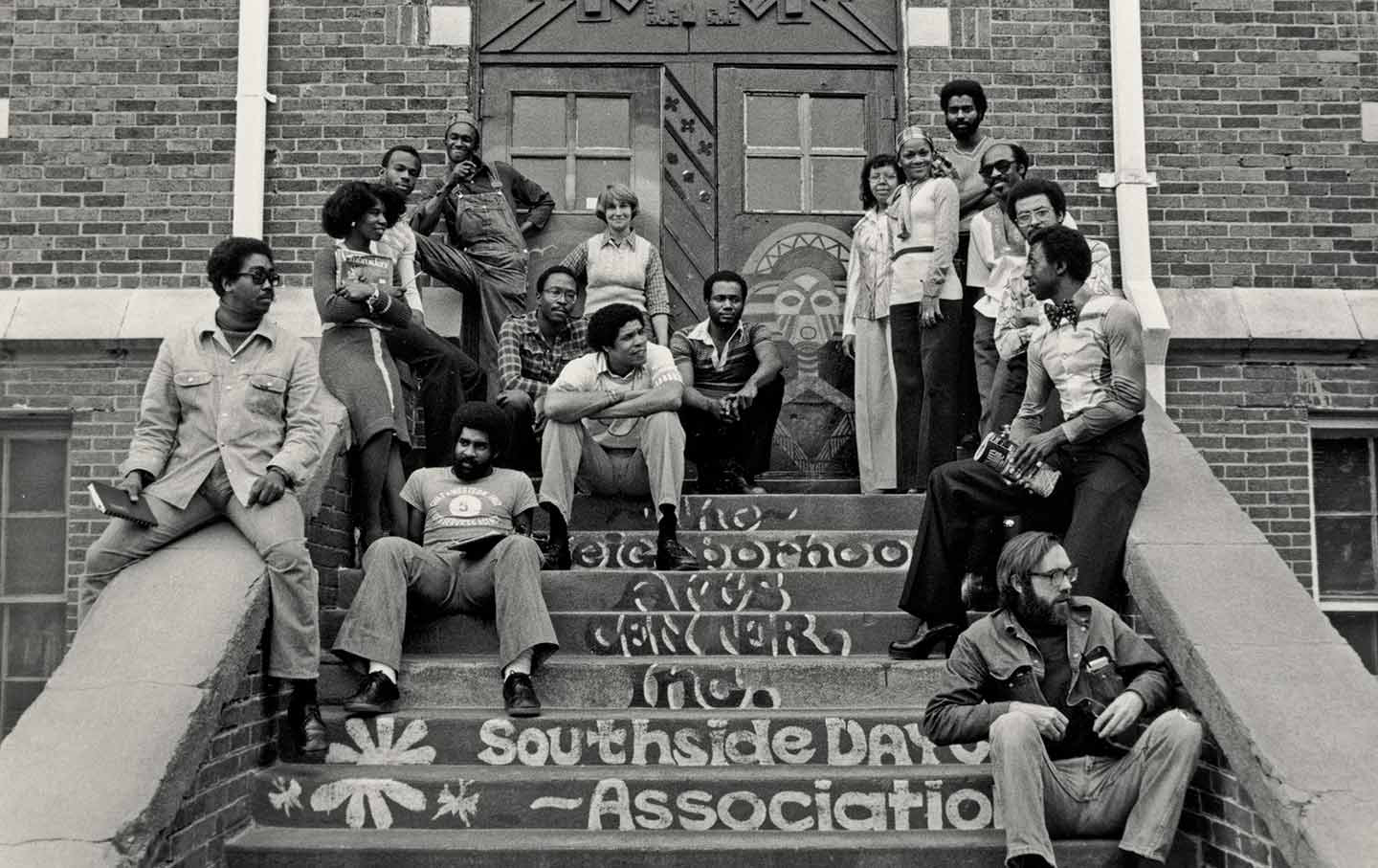Janes Sarbanes, Letters on the Autonomy Project (Punctum Books, 2022); The Commonist Horizon: Futures Beyond Capitalist Urbanization, ed. Mary N. Taylor and Noah Brehmer (Common Notions, 2023).
See →.
Cornelius Castoriadis, “The Imaginary: Creation in the Socio-Historical Domain,” in World in Fragments: Writings on Politics, Society, Psychoanalysis, and the Imagination, ed. and trans. David Ames Curtis (Stanford University Press, 1997) 6.
Joshua Clover, Riot, Strike, Riot: The New Era of Uprisings (Verso, 2016), 1.
Cornelius Castoriadis, The Imaginary Institution of Society, trans. Kathleen Blamey (MIT Press, 1998), 363.
See →.
